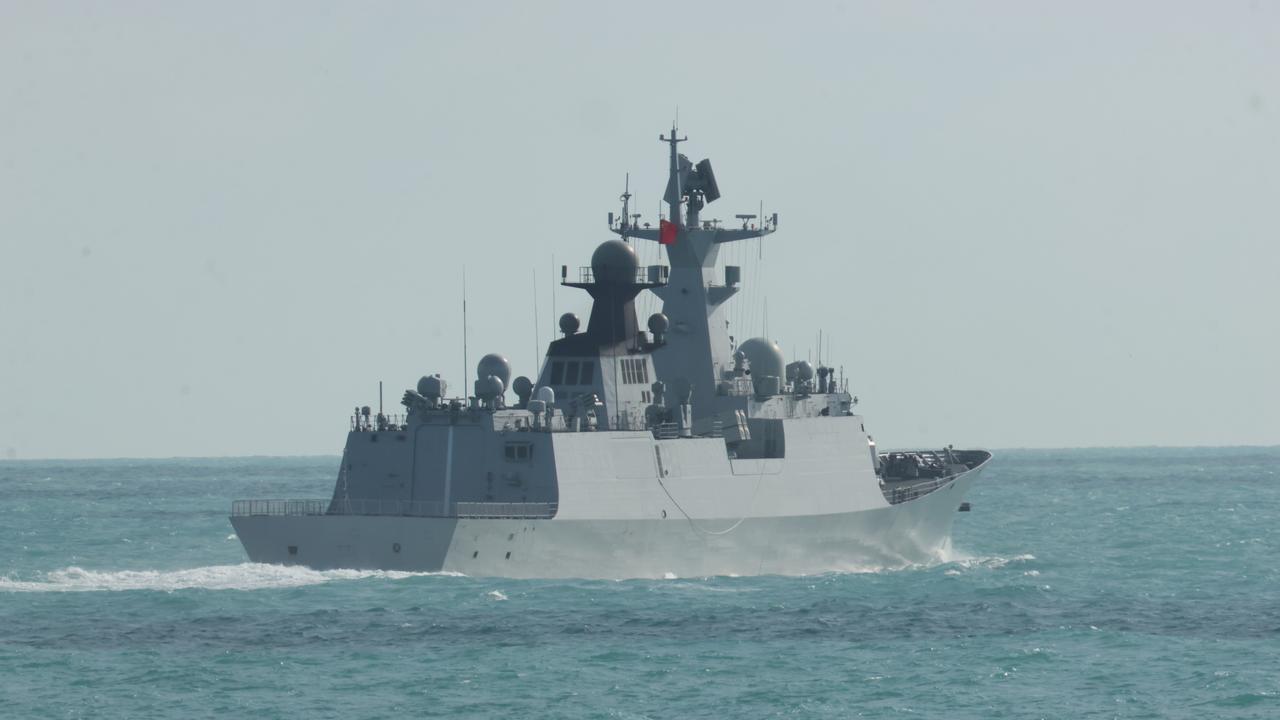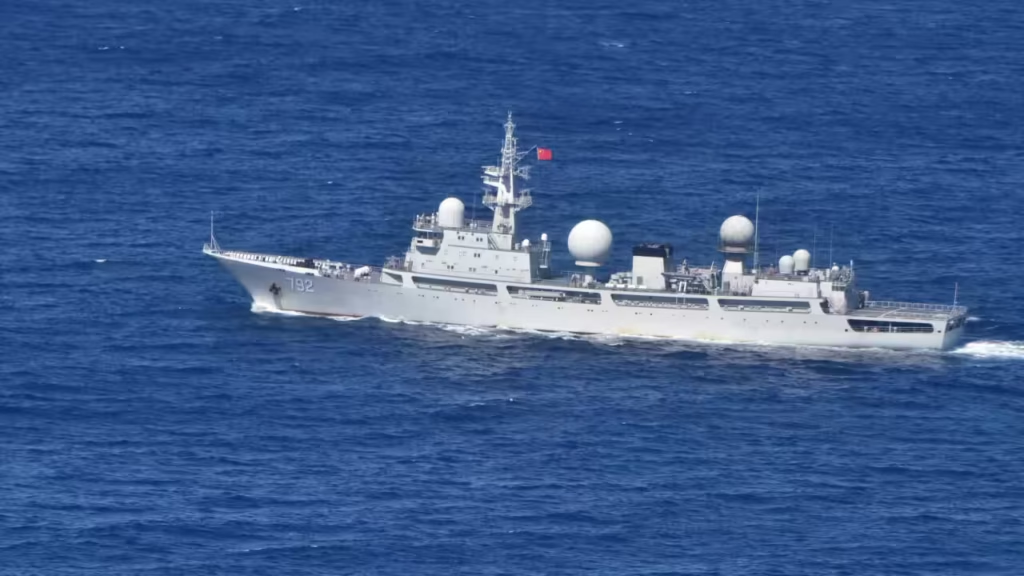Australia is closely monitoring the activities of three Chinese warships off its north-east coast, just days after a near-miss incident in the South China Sea.
The situation has sparked concerns about the safety of Australian Defence Force (ADF) personnel and the country’s sovereignty.
A Close Call in the South China Sea
On Tuesday, a Royal Australian Air Force (RAAF) P-8A Poseidon maritime patrol aircraft was conducting a routine surveillance patrol in the South China Sea when it encountered a Chinese PLA-AF J-16 fighter aircraft.
The Chinese jet released flares in close proximity to the Australian plane, which was deemed an “unsafe and unprofessional manoeuvre” by Defence.

Fortunately, there were no injuries to ADF personnel or damage to the RAAF P-8A aircraft. However, the incident highlights the growing tensions between Australia and China in the region.
China’s Warships Off Australia’s Coast
Defence is currently monitoring a People’s Liberation Army-Navy task group of three ships operating to the north-east of Australia.
The ships include a Jiangkai-class frigate, a support vessel, and a Renhai-class cruiser, which is described as “one of the world’s most heavily armed warships in existence” by Defence analyst Malcolm Davis.
The vessels are operating in Australia’s economic exclusion zone, which is allowed under international law. However, Defence is keeping a close eye on their activities to ensure they don’t enter Australia’s 12-nautical-mile territorial seas.
Why This Matters to Australia
The presence of Chinese warships off Australia’s coast is a concern for the country’s sovereignty and security. Australia has made it clear that it expects all countries, including China, to operate their militaries in a safe and professional manner.
As Defence analyst Malcolm Davis notes, “We have 112 vertical launch system capabilities that can fire missiles. These ships are operating in our economic exclusion zone.
We’ll be watching them very closely indeed to make sure they don’t come any closer.”
What’s Next?
Defence will continue to monitor the activities of the Chinese warships with a combination of air and maritime assets.
Australia respects the rights of all states to exercise freedom of navigation and overflight in accordance with international law, but it also expects others to respect its sovereignty.
As the situation continues to unfold, one thing is clear: Australia is committed to defending its interests and protecting its personnel. Stay tuned for further updates on this developing story.

